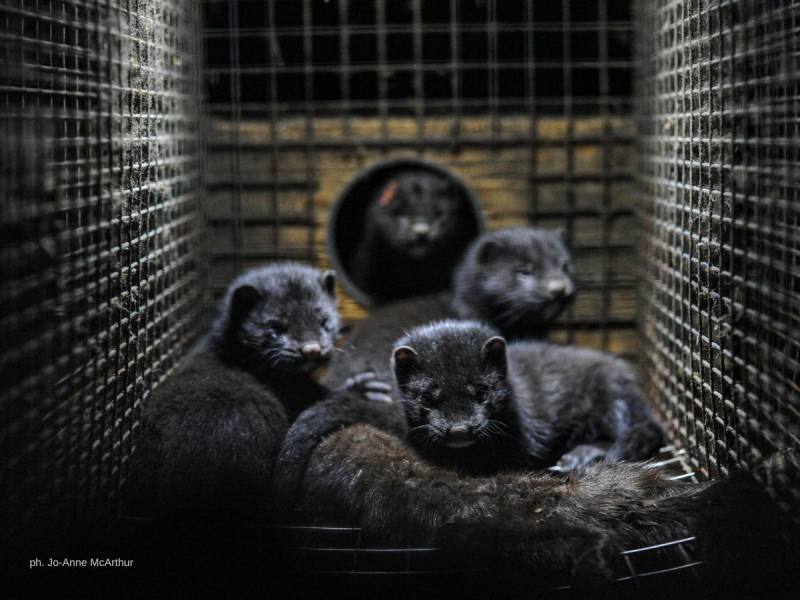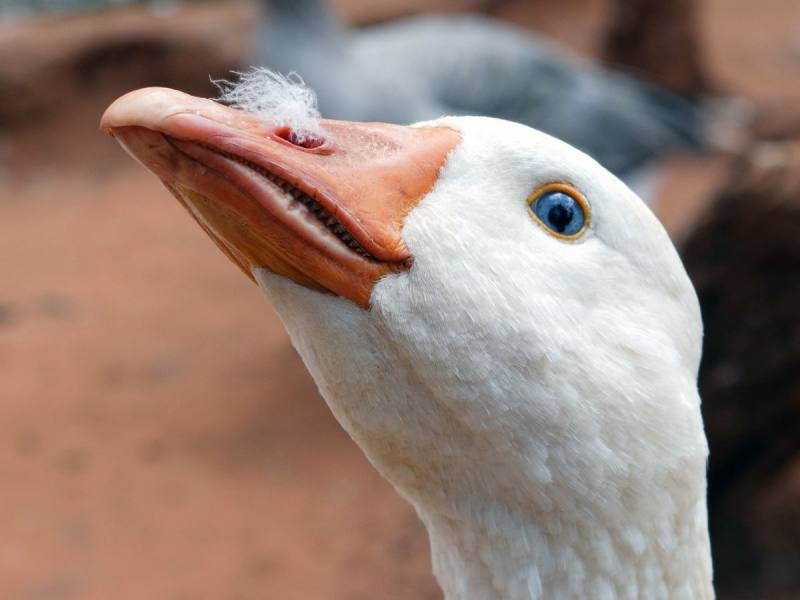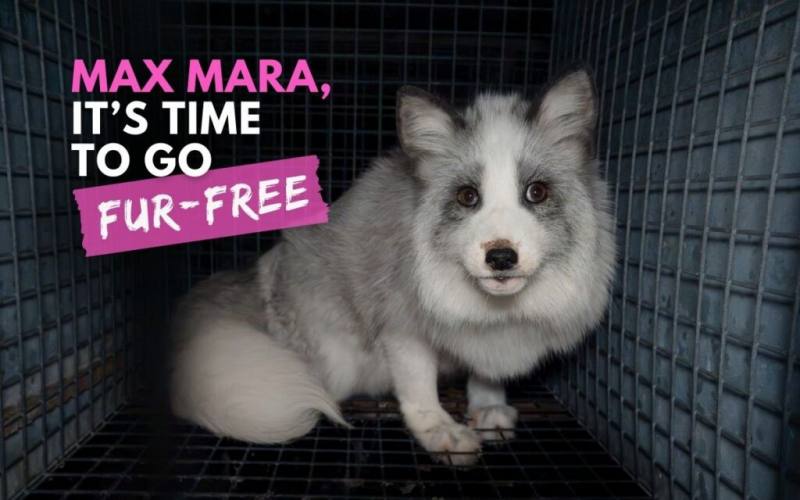

Caged on farms, skinned for leather goods, subjected to shearing for wool production, submerged in boiling water for silk production, and plucked for jacket padding – animals suffer immensely in the name of fashion.
Minks, foxes and common raccoon dogs, geese and ducks, kangaroos, snakes and crocodiles, calves, sheep, and many other animals are exploited to obtain furs, feathers, leather and yarns.
We are resolutely combating this cruelty and advocating for an ethical and entirely animal-free fashion.
FUR FACTS
Fur farming is already banned in 20 European countries including 15 EU Member States: Austria, Belgium, Bosnia and Herzegovina, Czechia, Croatia, Estonia, France, Ireland, Italy, Latvia, Lithuania, Luxembourg,

Macedonia, Malta, Norway, the Netherlands, the United Kingdom, Serbia, Slovakia, and Slovenia.
Tens of millions of animals suffer and die each year for the global fur industry. The majority of the animals killed for fur are reared in barren battery cages on fur farms.
Mink from over 480 farms in 13 countries have been found infected with SARS-CoV-2, and outbreaks of highly pathogenic avian influenza (H5N1) have been found in mink farms in Spain and Finland. The World Health Organization has recognized the potential for zoonotic transmission and spread in fur animal farms. Switzerland and Germany have introduced animal welfare standards so strict as to have effectively ended fur farming in those countries.
The Animal Free Fashion Area is committed to combating animal exploitation in the clothing industry.
We act on several fronts:

In 2015, we launched Animal Free Fashion the first ethical rating in fashion based on the progressive disposal of materials of animal origin (Animal Derived Materials). We help companies to phase out materials of animal origin. Only companies that have reached at least the "V" level are allowed to use our Animal Free Label to identify individual fashion products that are already completely free of animal components. The program rewards companies in a virtuous path marked out in 4 steps:
With Animal Free Fashion, we encourage companies to adapt their business strategies to align with some of the 2030 Sustainable Development Goals (SDGs 12, 13, 14, and 15).
We work and partner with many foreign NGOs, including international coalitions such as the Fur Free Alliance, Eurogroup for Animals, and the Kangaroo Task Force.
Institutions
Corporate
Many companies have chosen to permanently turn down the use of:

With Eurogroup for Animals we promoted the European Citizens' Initiative Fur Free Europe, which gathered more than 1.7 million signatures in support of an EU-wide ban on fur farming and the trade in fur products. fur products.
As a result of our work, the majority of global fashion has already chosen to go fur-free.
Armani, Gucci, Versace, Prada, Valentino, Hugo Boss, Burberry, Zegna, Dolce&Gabbana have all said NO to fur.
Max Mara has not responded to our many invitations to confront them, so in February 2024 we launched a campaign asking Max Mara to GO FUR FREE.
A spectacular balloon stunt was part of the activities of the global campaign #FurFreeMaxMara, launched by the 50+ members of the Fur
Free Alliance, during the 2024 fashion month (Feb. 9 – March 3), to urge all brands of the Max Mara Fashion Group such as Marina Rinaldi, Sportmax, Max&co., Pennyblack and others besides Max Mara to ditch animal fur.

The Max Mara Group, which has over 2,500 stores in 105 countries, is one of the last major brands to use fur. The current range includes items made from fox, raccoon dog and mink.
Among Max Mara's fur products are fox fur cuffs, a mink trimmed hood, a fox fur trimmed hood, mink mittens, a fox fur trimmed parka and raccoon dog fur accessories for bags.